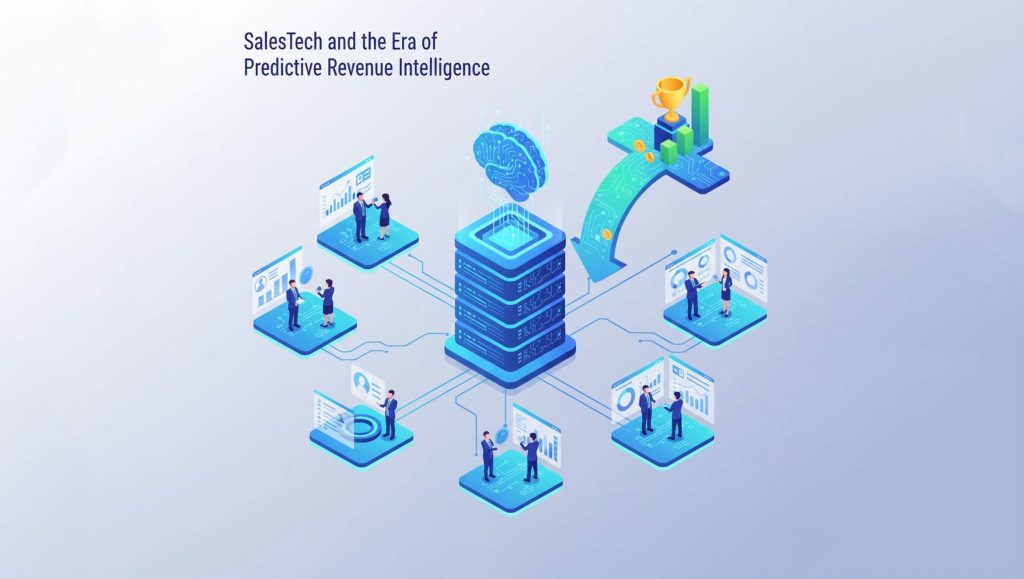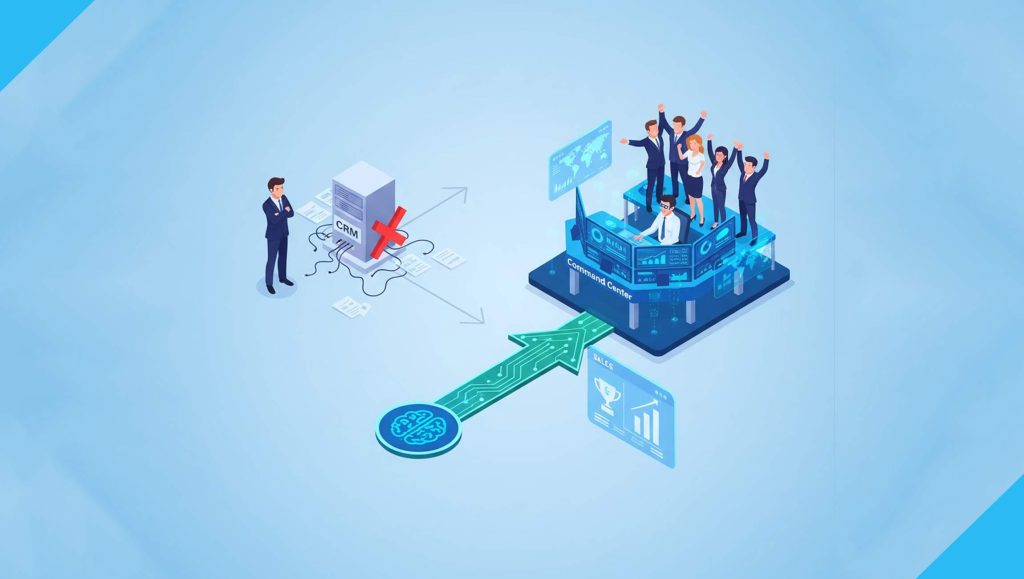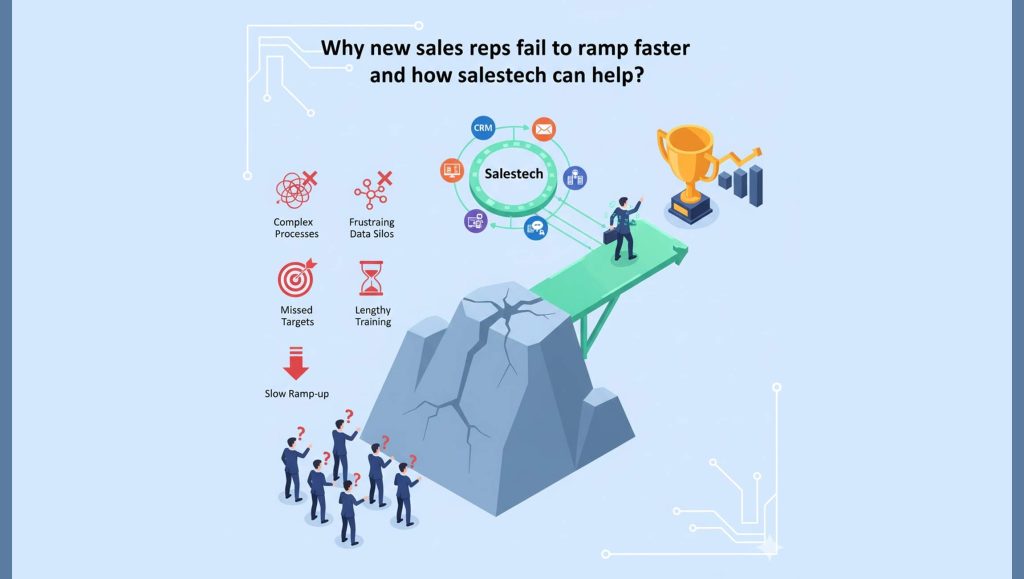As customer expectations rise and markets become more competitive, businesses are seeking ways to streamline their sales processes, improve efficiency, and boost productivity. Sales automation, with its ability to automate repetitive tasks, manage customer relationships, and analyze sales data, is emerging as a game-changer. It frees up sales teams to focus on what they do best – building relationships and closing deals.
Sales automation provides valuable insights that can inform strategic decision-making and drive sales growth. However, implementing sales automation is not just about adopting new technology. It requires a shift in mindset, a willingness to change, and a commitment to continuous learning and improvement.
As companies navigate this journey, they will discover that sales automation is not just a tool for efficiency but a strategic asset that can give them a competitive edge in the market.
Important Advancements in Sales Automation
Sales automation is changing the way businesses operate, streamlining processes and boosting productivity. Here, we will explore the key advancements that are making a significant impact:
Streamlined Pipeline
One of the most significant advancements in sales automation is the ability to streamline the sales pipeline. Automation tools can track customer interactions, manage leads, and monitor sales progress, all in real time. This provides a clear, organized view of the sales pipeline, enabling sales teams to prioritize tasks, focus on high-value leads, and close deals more efficiently. Furthermore, automated reminders and follow-ups ensure that no potential sales opportunity is missed. By automating these routine tasks, sales teams can focus more on building relationships with customers and less on administrative work.
Reduced Duplicate Work
Duplicate work is a common issue in sales, often leading to wasted time and resources. Sales automation can significantly reduce duplicate work by automating repetitive tasks such as data entry, report generation, and follow-up emails. For instance, once a lead is entered into the system, automation tools can populate relevant fields across various platforms, eliminating the need for manual data entry. Similarly, reports can be generated automatically, saving valuable time. By reducing duplicate work, sales automation not only boosts productivity but also improves accuracy and efficiency.
Read More: SalesTechStar Interview with Shane Evans, Chief Revenue Officer at Gong
Enhanced Customer Relationship Management
One of the significant advancements in sales automation is the enhancement of Customer Relationship Management (CRM). Modern CRM systems powered by AI can automate various tasks such as contact management, lead tracking, and customer segmentation. They can also provide valuable insights into customer behavior and preferences, enabling sales teams to personalize their approach and build stronger relationships with customers. Furthermore, CRM systems can automate follow-ups and reminders, ensuring that no potential sales opportunity is missed. Enhancing CRM and sales automation helps businesses improve customer satisfaction, loyalty, and ultimately, sales.
Improved Efficiency
Sales automation can significantly increase efficiency by automating repetitive and time-consuming tasks. This includes tasks such as data entry, report generation, and scheduling meetings. By automating these tasks, sales teams can save valuable time and focus more on strategic activities such as building relationships with customers and closing deals. Moreover, automation can reduce errors that can occur with manual processes, further increasing efficiency. In a competitive business environment, the increased efficiency provided by sales automation can give businesses a significant advantage.
Centralized Activity Logging
One of the key advancements in sales automation is centralized activity logging. This feature allows all sales-related activities, from customer interactions to sales transactions, to be logged in a centralized system. This provides a comprehensive view of the sales process, making it easier to track progress, identify bottlenecks, and make informed decisions. It also eliminates the need for manual logging, saving time and reducing the risk of errors. With centralized activity logging, sales teams can focus more on selling and less on administrative tasks.
Automated Lead Prioritization
Another significant advancement is automated lead prioritization. This feature uses AI algorithms to analyze various factors, such as lead behavior, engagement level, and potential value, to prioritize leads. This ensures that sales teams focus their efforts on the most promising leads, thereby increasing the chances of conversion. It also saves time as sales reps no longer have to manually analyze and prioritize leads. Automated lead prioritization is a powerful tool that can significantly boost sales productivity and effectiveness.
Looking toward the future, we can expect even more advancements in sales automation. Technologies like Artificial Intelligence (AI) and Machine Learning (ML) will continue to evolve, offering more advanced and personalized automation solutions. We may see advancements in predictive analytics, real-time decision-making, and even automated sales negotiations. These developments have the potential to further streamline sales processes, boost productivity, and enhance customer relationships. As businesses adapt to these changes, they will be better equipped to navigate the competitive business landscape and drive success.
Read More: Increasing Sales Revenue by Leveraging Brand Perception Tools





















